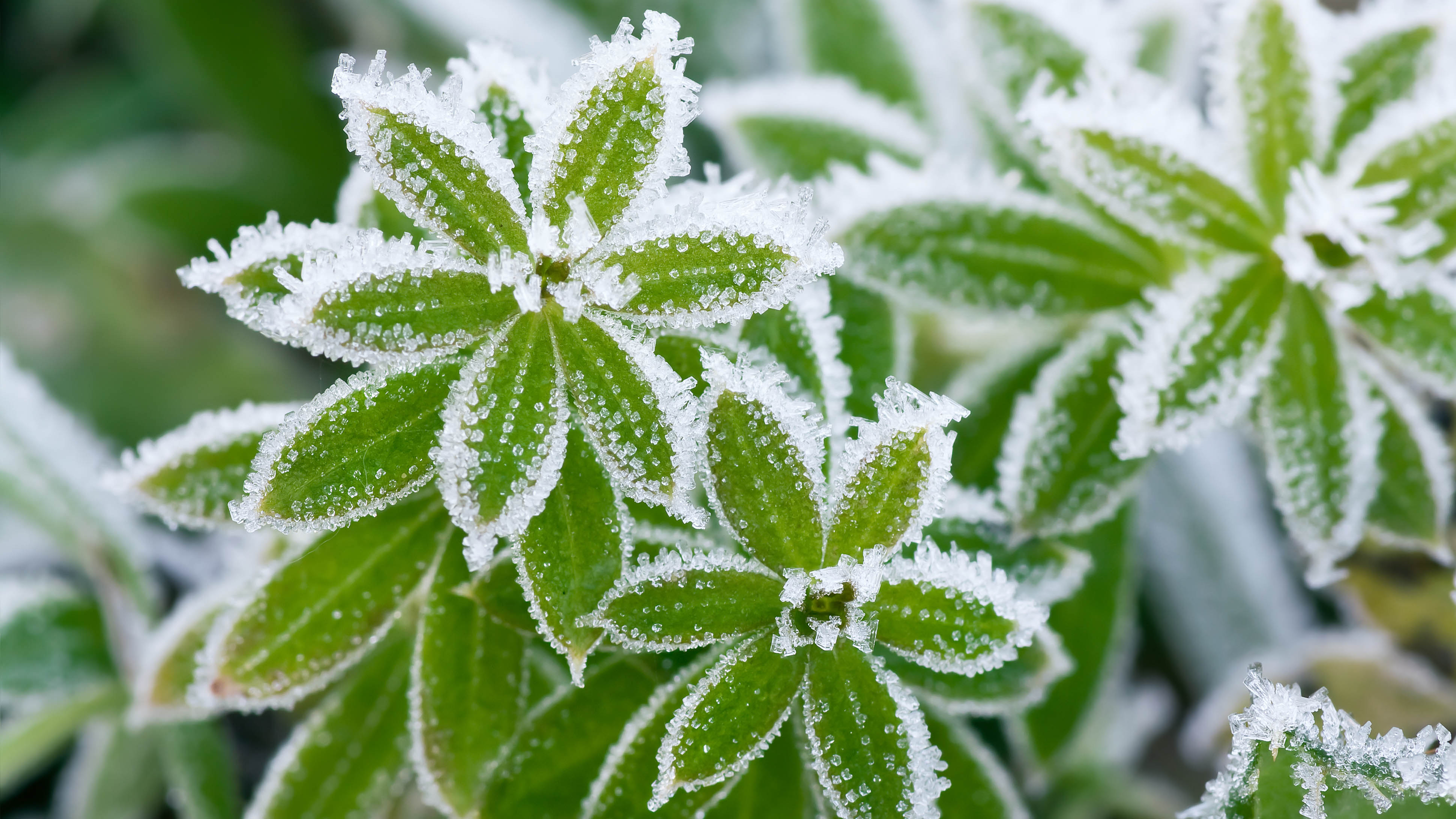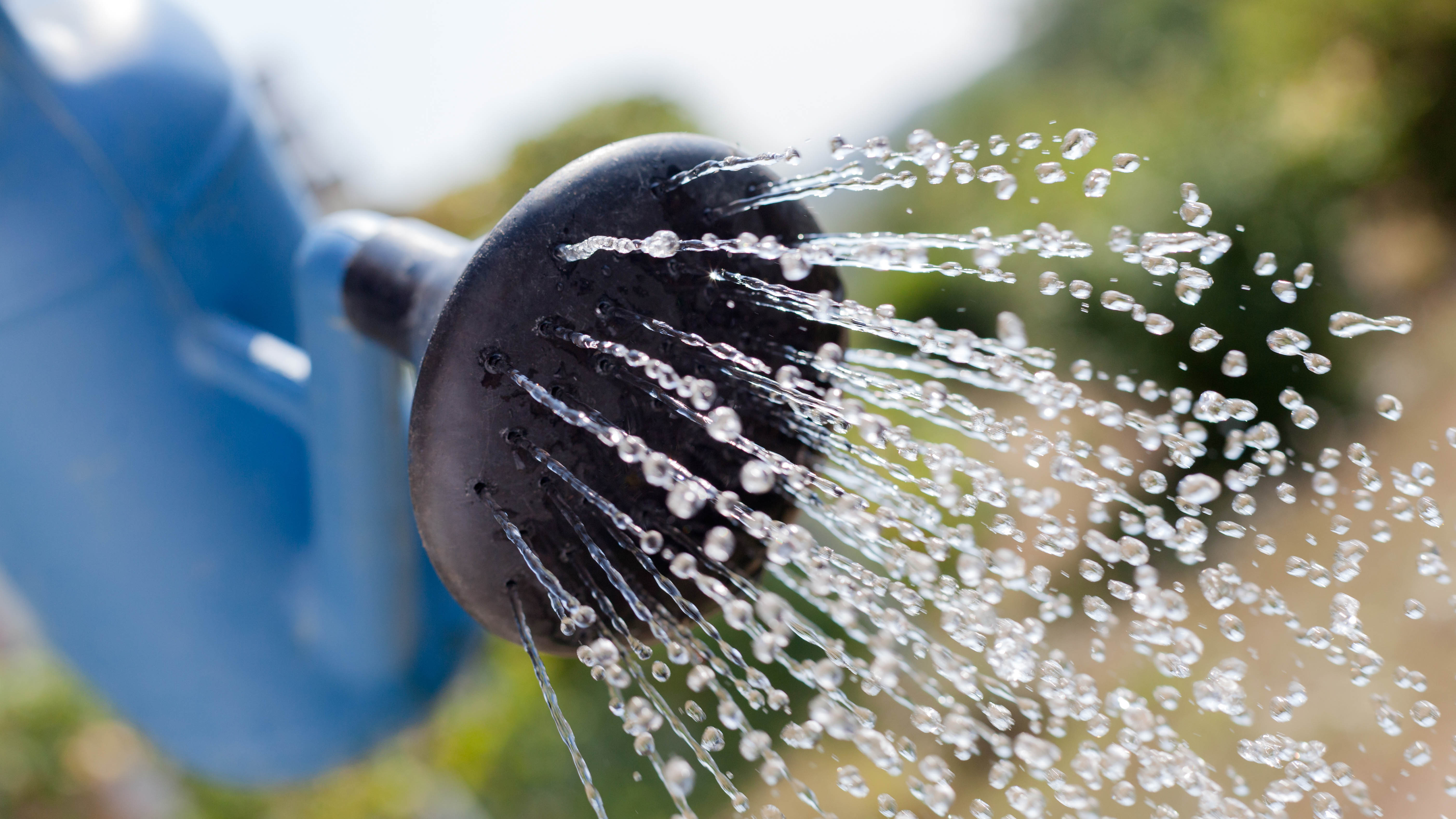How to protect plants from frost this winter
Need to know how to protect plants from frost? We’ve got the answers

Knowing how to protect plants from frost can help them survive the winter months and flourish once spring arrives. If you know that the temperature is scheduled to drop, or a cold snap is impending, you need to take action to protect your plants. While some plants are more hardy than others, frost is a well-known killer of all kinds of foliage. And, in some cases, all it takes is one frosty night to cause irreparable damage to your garden.
The good news is that there are steps you can take to protect your plants from the frost — some of which require minimal effort. Here, we will guide you through the best methods, tips and tricks to safeguard your plants and protect your container pots this winter, so you can proudly keep them on display next season.
If the snow has hit already, you might also want to check out what to do after it snows in your garden and tips on walking dogs in the snow.
How to protect plants from frost
Move them indoors

It may sound obvious, but the first thing you can do is move any portable, potted plants indoors. This will offer immediate protection to the elements, although try not to subject them to too sudden a temperature change. You can gradually move them indoors in stages, say from the garage to the living room, to prevent this.
Take care to check that the plants won’t be toxic to any pets running around — these 10 common houseplants are poisonous to cats and dogs. And bear in mind that you might need to sit the pots on a tray when you water them; otherwise you will make a mess.
If indoors is off limits or simply tight for space, there are of course alternative spaces you can move the plants to. If you have a greenhouse in your yard, this can provide protection from the frost. Even moving your plant to a more sheltered position outdoors, out of the wind, will make a difference. So take the time to consider the location of your plants.
Cover them up

For plants which are simply too big to move inside, the next best option is to cover them up with fleece. This essentially acts as a layer of insulation. You can either buy rolls of fleece which you wrap around and tie up with string yourself, or you can buy dedicated fleece bags which fit on top of the plants and are tied via drawstring, such as these ANPHSIN Plant Covers ($25.99, Amazon). If you’re tying up the fleece yourself, just remember not to tie it too tight as the plant needs to breathe.
Get instant access to breaking news, the hottest reviews, great deals and helpful tips.
Of course, fleece isn’t the only option — for overnight solutions, blankets can be used to insulate plants — you can even use towels or bubble wrap. Just make sure the layer isn’t too heavy so it doesn’t weigh down the plant. It needs to be breathable as well, so the plant gets enough oxygen. Be sure to remove your temporary insulation the next morning, otherwise your plant may suffocate in the heat of the day. Fleece, on the other hand, can sometimes be left in place throughout the season — just check on your plant regularly to monitor its health.
Use a cloche or cold frame

Failing fleece, you can always rely on a cloche or a cold frame. A cloche essentially looks like a large transparent bell which sits on top of a single, vulnerable plant (often seedlings) — they feature a removable lid so you can vent the plant during the day. Meanwhile a cold frame is a larger version of this, designed to house several plants at once — think of it as a mini greenhouse.
These containers essentially seal in and protect the plant from the elements. Often made of plastic or glass, they offer a solution for frost during both the day and night and can be very decorative. While each are widely available to purchase online, such as this HTG Supply Garden Cloche Plant Protector Bell ($9.99, Amazon), you can also craft your own by cutting an empty milk jug in half and using the lid as a vent.
Add mulch

Nothing warms like a thick layer of mulch. Apply a few inches of mulch, hay or bark to the compost around the plant the night before temperatures are scheduled to drop — this will keep the roots well insulated. If you’re low on mulch, remember that even loose leaves can be used as a protective layer.
Once the weather heats up, don’t forget that you will need to remove this layer so that the roots can breathe. Consequently, this method is best only applied to selective, vulnerable plants, because it requires a fair amount of effort.
Keep watering — but not too much

While plants need less water in the colder months, water will still be required, and it can actually help deter frost damage too. Moist soil will retain the heat better versus dry soil, and by ensuring your plants stay hydrated and strong, they have a better chance of enduring the frost too.
Water the soil first thing in the morning to give your plants and the compost a chance to absorb the moisture and heat during the day. Just remember to always check the conditions before you water, in case it’s not required. You want the soil to be left moist, but not sopping wet.
Move your bulbs

If your yard is home to any delicate bulbs or tubers, which have died back for the winter, these can actually be removed and stored safely during the cold snap.
Simply dig up your bulbs using a hand trowel, being careful around the roots. Then brush away the excess soil and cure on a bed of peat for a few days in a dark and cool space. Then, you’re ready to store your bulbs. Use a cool and dry space, which is well-ventilated, such as a shed or garage. You can pack your bulbs in a cardboard box layered with peat for long-term storage. Once spring arrives, and the temperature heats up, your bulbs will be ready for planting again.
Use water jugs to keep things warm

To give the mulch a helping hand at insulation, you can also fill sealed water jugs with warm water to bury in the compost alongside the plants. This essentially creates residual heat to keep the soil and the roots warm.
Alternatively, if you’re dealing with potted plants, conceal your heated water jug underneath your fleece cover. This will create a greenhouse effect on your plant at night. Just remember that you will need to reheat the water for the following night.
Spray and protect

Anti-transpirant sprays exist which can give your plants some protection against the elements. When applied directly, it forms a protective layer on the plant to help retain the moisture within. In doing this, the plant is less likely to lose moisture when it’s stressed and dry out over the winter.
Plenty of these sprays are available to buy online, such as Wilt-Pruf Trigger Sprayer ($24.99, Amazon). Bear in mind that one application will only last a few months at a time though, so re-application may be necessary. You will likely also need to use this method in addition to those mentioned above for adequate protection.
Let it snow

While some may consider snow to be a threat to plants, it’s actually not always a bad thing. In fact, snow can act as a layer of insulation for some plants, so you don’t need to remove it. It will actually help protect your plants from the frost. Only shake the snow off if you notice it is weighing down the plant and causing damage.
More home and garden tips for winter
Feeding birds in winter: top tips and what to avoid
How to make hot chocolate and never drink pre-mixed again
How to insulate your windows for winter
How to winterize hydrangeas
How to make an indoor winter garden
How to build a snowman
Best snowblower sales and deals

Katie Mortram used to be a Homes Editor for Tom's Guide, where she oversaw everything from kitchen appliances to gardening tools, as well as smart home tech. Specializing in providing expert advice for cleaning and home manintenance, she now works as Household Advice Editor for Good Housekeeping.
